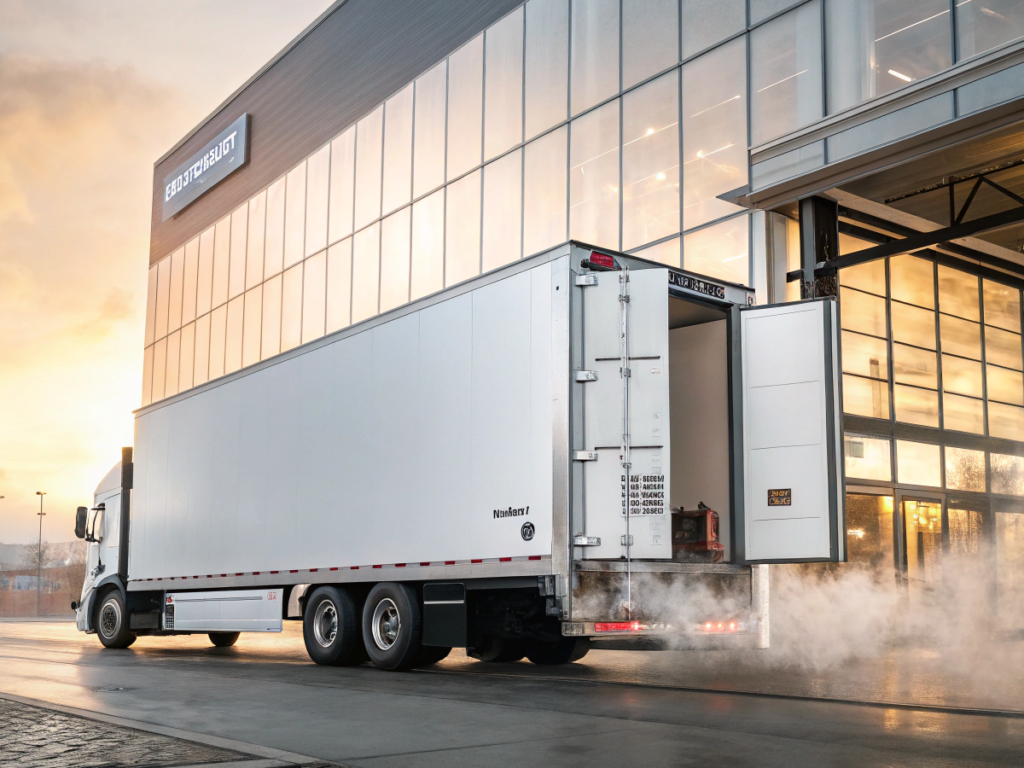
Fuel solenoid failures don’t give warnings—but downtime always costs you.
Most fuel solenoids in refrigerated trailers should be replaced every 12–18 months, depending on usage and fuel quality.
Last year, one of our key customers ignored a weak solenoid for too long—his client’s frozen cargo spoiled mid-trip. That’s a costly reminder.
[Table of contents]
What factors determine the fuel solenoid's service life?
It’s not just about time—it's about load cycles, fuel cleanliness, and engine conditions.
High-hour units or poor fuel quality can shorten solenoid life to under 12 months. Cleaner systems can go up to 24 months.

Let’s break down the main influencers:
| Factor | Impact on Solenoid Life |
|---|---|
| Engine run hours | Higher hours = faster wear |
| Fuel quality | Dirty fuel = stuck plungers |
| Vibration & heat | Harsh conditions = shorter life |
| Electrical surges | May damage coil prematurely |
| Maintenance frequency | Regular checks = longer life |
Most of our customers in the U.S. and EU markets report good results when replacing every 14–16 months—especially if running Carrier or Thermo King units under full-load schedules. Parts dealers also find it easier to manage inventory when they advise customers based on hour-meter readings instead of waiting for failures.
How can I tell when a fuel solenoid is about to fail?
You can’t wait for it to “die” before acting—early signs matter.
Sluggish starts, erratic shutdowns, or fuel starvation symptoms often point to a weak or sticking solenoid.
Common symptoms include:
- Unit starts but dies after a few seconds
- Noticeable clicking delay during ignition
- Solenoid gets unusually hot during operation
- Increased fuel consumption in idle mode
- Fault codes (on newer control panels)
One of my repair clients in Ontario told me he now checks the solenoid every third PM service. That small habit helped cut customer callbacks by 40%.
Should I follow hours, mileage, or time for replacement planning?
Every operation is different—but tracking run hours gives the clearest picture.
If your reefer unit runs over 2,000 hours a year, plan to replace the fuel solenoid annually. For seasonal fleets, 18 months may be okay.
| Fleet Type | Suggested Replacement Cycle |
|---|---|
| Year-round cold chain ops | Every 12 months |
| Seasonal food haulers | Every 16–18 months |
| Low-hour private fleets | 18–24 months |
For our larger fleet customers, we help them link solenoid orders to scheduled PMs. That way, their techs install during off-hours and avoid road-side surprises.
What happens if I wait too long to replace it?
Downtime, tow bills, and lost temperature control—it’s not worth the risk.
Neglecting a failing fuel solenoid often leads to mid-route breakdowns and potential cargo damage.
A dealer in South Africa once told me about a customer whose diesel unit cut off halfway through a +40°C day. The problem? A clogged solenoid plunger. They lost three pallets of meat and a month of trust with their end client.
In contrast, pre-emptive replacement costs under $100 and takes 20–30 minutes.
Conclusion
Plan ahead—most solenoids need changing every 12–18 months.






